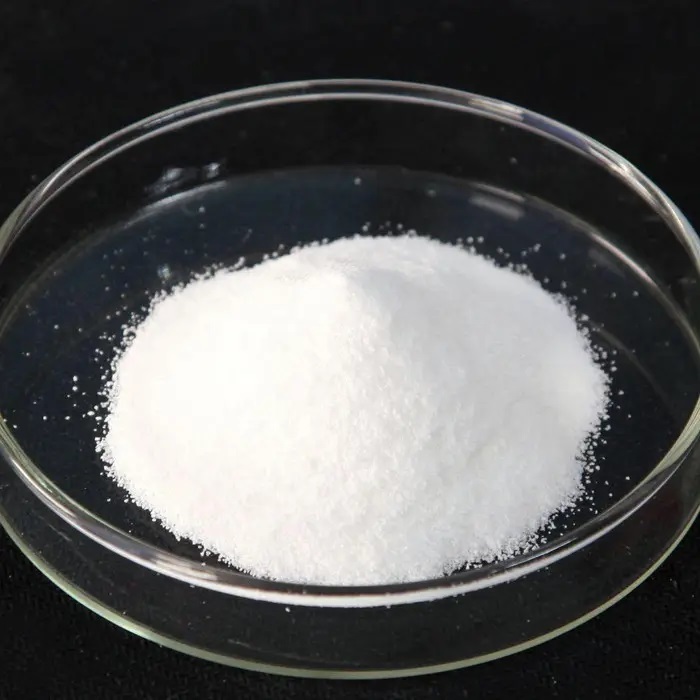Characteristics of amphoteric surfactants
The characteristic of amphoteric surfactants is that they contain both acidic and basic hydrophilic groups in the molecule. These acidic and basic groups have been discussed previously. In addition, hydroxyl groups and polyoxyethylene ether groups can also be introduced to increase water solubility. Amino acid salts are amphoteric surfactants. Therefore, when the pH value in the solution drops, nitrogen atoms can absorb hydrogen ions to form ammonium salt cations. The most common examples are alkyl betaines:
Amphoteric surfactants are surfactants with special uses, the most important of which are imidazoline surfactants.
Amphoteric surfactants must contain cations formed by nitrogen atoms (including free amino groups), and most of the anions are provided by carboxylic acid groups. In individual cases, sulfonic acid groups or phosphate groups are also used as the source of anions.
Ampholytic surfactants have the largest production volume and are the most commonly used ones with a β-hydroxyethyl group on the imidazoline ring. The synthesis reaction formula is basically similar to the reaction for synthesizing imidazoline quaternary ammonium salts. The difference is that chloroacetic acid or acrylic acid is used in the final quaternization.

Amphoteric surfactants do not irritate the skin and eyes; they have good surface activity in a wide pH range; they are compatible with anionic, cationic, and nonionic It is compatible with all surfactants. With this characteristic, it can be used as a detergent, emulsifier, wetting agent, hair styling agent, foaming agent, softener and antistatic agent. Because it is more irritating to the eyes than sulfonic acid or Sulfate-type anionic surfactants are small and widely used in the preparation of cosmetics.
Development Trend of Nonionic Surfactants
Judging from the current situation, SAS, AOS, and AES are all on a growth trend, but whether they can replace LAS depends on the raw materials fatty alcohols and α Supply of olefins and linear alkanes. In the synthesis of fatty alcohols, the key point of improvement is to narrow the distribution range of the carbon chain. The latest achievement is the Sheel method. Among surfactants produced from natural raw materials, fatty alcohol sulfates, methyl ester sulfonates and amide soaps are all It is a variety that needs to be developed. According to predictions. Nonionic surfactants will surpass anionic surfactants in the future, and the fastest growing one will be AEO.
In addition, there is also a tendency to use natural substances as raw materials to change the Shishan chemical industry: raw materials and natural raw materials are composite sources. One direction is surfactants based on sugar, which will be entirely based on natural renewable resources. It is characterized by being particularly easy to biodegrade and completely non-toxic.
In terms of environmental pollution, the deep material industry should first be considered. At present, at least SO% of products in paints and spray paints contain solvents, and solvents do not have film-forming properties. Therefore, during the curing process of the paint, they gradually evaporate into the surrounding environment and cause pollution. For example, surfactants are used to They are changed to latex paint to avoid environmental pollution.
In terms of resource utilization, secondary mining and tertiary mining in oil development are very important. Among them is a steam injection process, which uses 340°C high-pressure steam to inject into the rock formation to force the oil to separate out, but this operation often destroys the rock formation. If the foam produced by an acid-stable surfactant is used to eject crude oil, the side effects will be reduced. The best way to solve this problem is to inject some microorganisms that can produce biochemical surfactants in situ. It has been found that many bacteria can use crude oil as nutrients to synthesize very efficient surfactants.
Surfactants can also be used to save energy, because surfactants can reduce the resistance of liquids flowing in pipes, thus improving the watershed. Surfactants are added to fire water to reduce Nozzle resistance is a typical example that has been successful. There are similar problems when transporting coal slurry or crude oil over thousands of kilometers. In addition, in energy-saving fuels, the use of emulsifiers to emulsify diesel in water can not only reduce oil consumption, but also reduce nitrogen oxide gas emissions.
In addition to developing their applications based on the original surfactants, there are also broad prospects for the development of new surfactants, such as organic fluorine, Silicone, perfluorosurfactants. Perfluorinated surfactants are the most active of all surfactants. Its diffusion power is very high and can be used for fabric treatment and anti-fouling treatment. Because it can produce stable foam, it can also be used as a fire extinguishing agent.
Surface-active catalyst is a relatively new concept, which concentrates surface activity and catalytic action in a compound molecule so that it can react on the surface of micelles Combining the high selectivity of heterogeneous catalysts with the high selectivity of homogeneous catalystsSexuality combined.
Many properties and uses of surfactants still need to be further developed. The key is to appropriately add some other groups in the molecule in addition to the hydrophilic groups. Give surfactant molecules more functions.

 微信扫一扫打赏
微信扫一扫打赏

